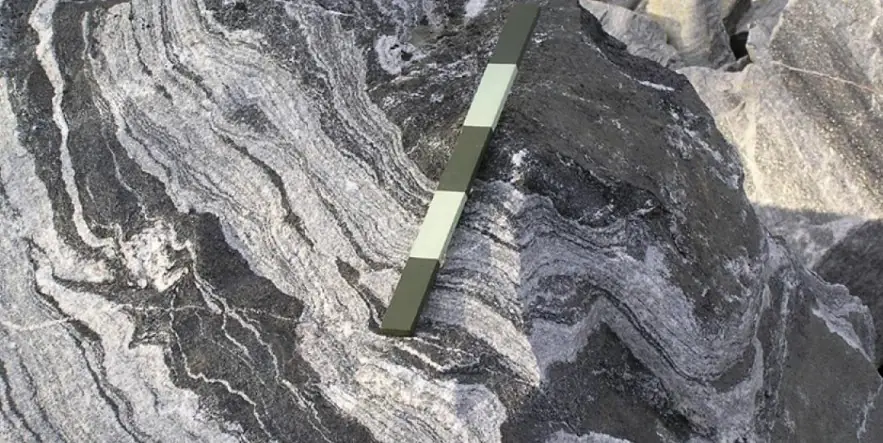New study revises the origin of continents without the need for plate tectonics

A group of geoscientists have recently challenged the conventional understanding of continental formation by presenting evidence that the origins of continents can be explained by internal geological forces alone, without initiating plate tectonics. The study highlights the role of oceanic plateaus in the early Earth’s crustal development.
A new study published last month reveals a revised narrative on how continents formed, focusing on internal forces within Earth’s crust rather than the onset of plate tectonics. The findings, reported in Nature Communications, suggest that the continents’ development stemmed from geological processes within oceanic plateaus during Earth’s nascent stages.
The research, spearheaded by Dr. Matthijs Smit and his team at the University of British Columbia, delves into the enigma of the Archean Eon’s continental crust formation, which spanned from 4 billion to 2.5 billion years ago.
The study’s focus on the unique composition of tonalite, trondhjemite, and granodiorite (TTG) granitoid rocks, crucial to the early crust, led to a breakthrough in understanding their origin. By examining trace elements in these rocks, the researchers traced the TTG magmas back to their likely source, a type of gabbro, shedding light on the initial stages of continental crust formation.
Dr. Smit’s remarks underline the ubiquity of such rocks, humorously noting that many kitchen countertops are made from the same material pivotal in crafting our modern continents. The study further illustrates that regions across North America, including vast areas of Canada, are composed of this ancient Archean crust, primarily formed from TTGs and their evolutionary granite counterparts.
Presenting a simple yet compelling model, the UBC researchers propose that the continental crust’s evolution was a natural outcome of the slow burial, thickening, and melting of precursor crust resembling oceanic plateaus. This process led to the creation of TTGs, which played a critical role in the continents’ enduring stability and expansion.
By establishing an “intra-crustal” mechanism for the formation of TTGs, the study challenges the long-held belief that these granitoid rocks originated in Earth’s first subduction zones, marking the beginning of plate tectonics. This new understanding not only addresses the “chicken-and-egg” dilemma of whether plate tectonics or TTG magmatism came first but also negates the necessity for other mechanisms, like meteorite impacts, in explaining continental growth.
References:
1 Archaean continental crust formed from mafic cumulates – Smit, M.A., Musiyachenko, K.A. & Goumans, J. – Nat Commun 15, 692 (2024). https://doi.org/10.1038/s41467-024-44849-4 – OPEN ACCESS
2 Researchers uncover source rocks of the first real continents – University of British Columbia – January 31, 2024
Featured image credit: UBC

Here in Grass Valley California, we have a vast amount of knowledge and observation of such rock in person. The extremely deep lode gold mines show much of earths layers. There is Gabbro, Geodeorite and many other types of rock here. Even volcanic mud in the area called, “Devils half acre”. Between 2014 and 2022 there were many actions in this area that showed me that we are very connected with the inside of this world here. Such things as, feeling many tremors, and sounds like train engines going under us. Also the river near by flowed tanish then golden in September of 2019. I believe the tar pits hit the outer mantle and ignited from the inside out during the above mentioned years. Many other events occurred also. So many planetary events and actions are covered up by the controllers of this world. But we live on. Interesting rock formations tell many things. We do not know everything though. Good report.